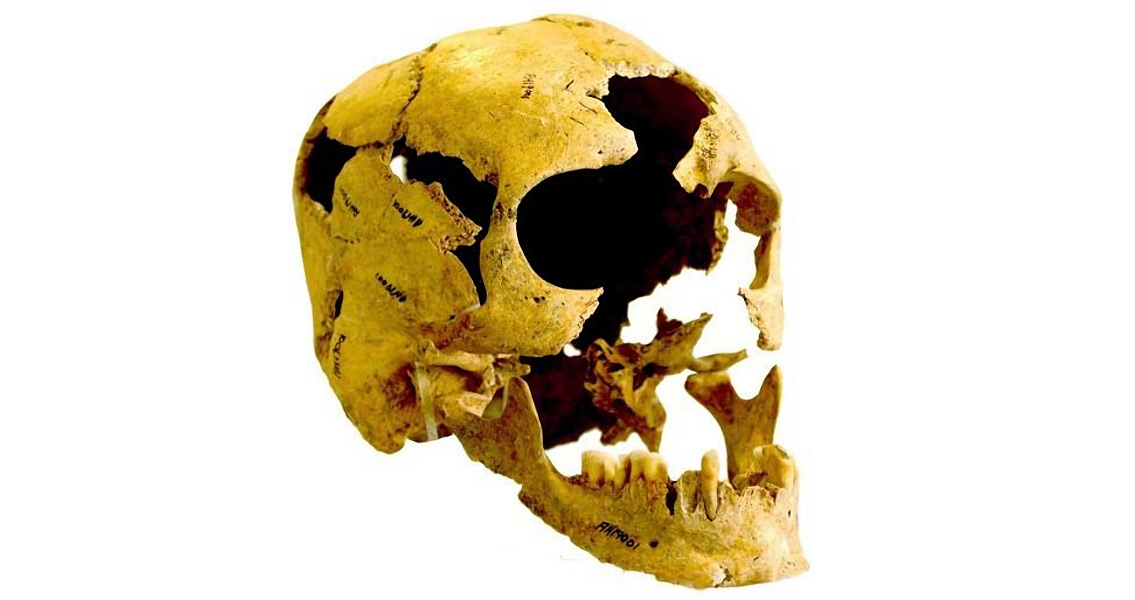<![CDATA[The transition to an agrarian lifestyle and away from itinerant hunter-gatherer living, which began 10,000 years in the past, is not tied to any genetic similarities among neighboring populations, scientists say. An international team of researchers spearheaded by University College London (UCL) has discovered that while the shift to more sedentary farming societies did indeed happen across multiple neighboring populations, these population groups were genetically distinct from one another. This differs from the previous assumption that the first farmers originated from a population that was genetically homogenous, according to UCL Genetics researcher Dr. Garrett Hellenthal, corresponding author of the new research study. According to a UCL press release, the research study analyzed DNA samples taken from the remains of ancient farmers from Iran’s Zagros region, only to discover that they differed greatly from Europe and Aegean early farmer genomes. The DNA of the ancient Zagros-region farmers was found to have similarities with modern humans living in southern Asia; Iranian Zoroastrians, as well as individuals living in Pakistan and Afghanistan, were particularly close. Study co-author and fellow UCL Genetics scientist Professor Mark Thomas remarked that it was already known that farming technologies spread across the Fertile Crescent region with no discernible epicenter, and that these technologies included domesticating several different plants and animals. However, the discovery of high levels of genetic diversity in the farming communities of this region was surprising, the researcher stated. These genetic lines would have diverged anywhere from 46,000 to 77,000 years in the past, which would have led to these communities speaking different languages and having different ethnicities, Thomas added. One of the most pivotal behavioral transitions since human migration from Africa occurred some 200,000 years in the past, the switch to farming began to occur around ten millennia ago in southern and southwestern Asia. The abandonment of the hunter-gatherer lifestyle catalyzed immense societal change as it paved the way for the rise of ancient civilizations; at the same time, the higher population densities of urban lifestyles also introduced social inequality, faster-spreading disease and poorer overall health. The debate over how farming originated and how it spread to regions neighboring the Fertile Crescent – which included what are now southern Asia, North Africa, and Europe – has been raging for more than a century, according to UCL Institute of Archaeology Professor Stephen Shennan, another co-author of the paper. However, the new research study has shown, for the first time anywhere, that populations throughout the Fertile Crescent seemed to develop successful farming techniques federally through a more distributed, less centralized method – and that this lack of centralization occurred across genetic lines. Early European farmers and even modern Europeans can at least in part trace their genetics to early farmers living within the Aegean region, said Dr. Hellenthal. However, people living in the modern-day regions of India, Iran, Pakistan and Afghanistan share much more of their DNA with Iran’s early farmers, a genetic legacy that has persisted even though modern genetics owes much to thousands of years of intermixing and population movement, the researcher added. The new study, published in the Journal Science, is available here Image courtesy of Fereidoun Biglari, National Museum of Iran]]>
Transition to Agrarian Lifestyle Not Tied to Genetics
